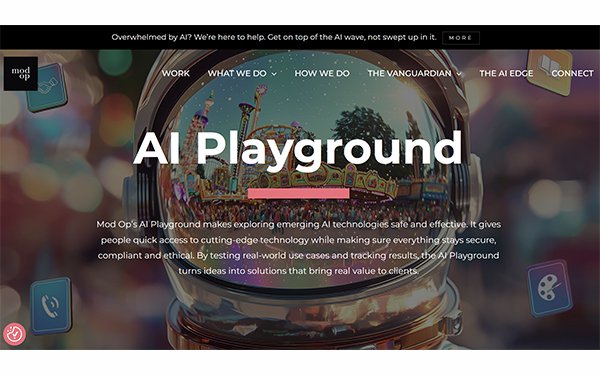AI’s Playground Bids Farewell to DeepSeek at Launch on March 26, 2025

Changes at the Top: Engineering Leadership Shift at X
Introduction to the Situation
On March 25, 2025, it was reported that X’s Head of Engineering departed unexpectedly. This transition has raised questions about the company’s direction and the impacts it might have on their ongoing projects, particularly in the ever-evolving tech landscape.
AI Playground Initiative
X recently took a bold step forward by launching an "AI Playground." This initiative was designed for advertisers to experiment with various AI technologies. However, when a potential feature from DeepSeek caught the agency’s attention, they decided to put the brakes on the project instead of proceeding.
Key Features of DeepSeek
The DeepSeek platform attracted interest due to several of its standout features, such as:
- Reasoning-based responses: These facilitate complex interactions, making automated communication more relevant and contextual.
- Open-source accessibility: This feature allows developers and companies to adapt and innovate on the platform.
Despite these innovations, concerns about privacy, especially regarding data storage practices in China, overshadowed the potential benefits.
According to Tessa Burg, the Chief Technology Officer at Mod Op, the agency’s governance compliance process is crucial. It effectively flags any issues related to privacy policies, terms, and conditions. This led to apprehensions about potential vulnerabilities within the platform.
App Evaluation and Compliance
Initially, Mod Op developers utilized OpenAI’s API to create a brand agent. The AI Playground, however, is not solely limited to OpenAI applications. It provides a variety of third-party apps that have successfully passed rigorous evaluation criteria. If an app fails the automated compliance checks, it is taken offline for further testing, which is what occurred with DeepSeek.
The Role of AI in Advertising
The advertising landscape is set to be profoundly influenced by AI technology. Many organizations are still unprepared to tap into AI’s potential, resulting in a knowledge gap in utilizing these powerful tools effectively. As Burg noted, the best approach is integrating multiple applications.
Creating a Connected System
Burg likened this integration to a "double-decker highway." On the lower deck, several applications run side by side, performing distinct tasks. The upper level acts as a connector, streamlining how advertisers use these apps without needing deep knowledge of each one.
- Lower Layer: Contains various applications that focus on specific functions.
- Upper Layer: Integrates all lower-level apps, allowing seamless usage of their functionalities.
This framework allows advertisers to maximize efficiency by accessing different tools concurrently.
Exploration and Adoption of AI Applications
The AI Playground’s aim is to create a secure environment for evaluating and experimenting with new AI technologies. This involves rating AI applications and sharing the results, enabling other users to benefit from collective insights.
Anyone interested in utilizing the AI apps available through Mod Op can fill out a request form. Additionally, all users are required to agree to a "responsible use" policy before they can gain access to the applications.
Evaluated Applications
Mod Op has assessed over 400 different AI applications, and some that met compliance standards are already available for use. Notable mentions include:
- ChatGPT
- Microsoft Copilot
- Akkio
- Micro AI
- Cursor
A Look Back: Resource Optimization
The concept underpinning these developments can be traced back to the early 2000s when Microsoft introduced modular approaches to coding, eliminating the need to repeatedly write code. This modularity serves as inspiration for what is now termed as connected tissue in app usage.
Burg admits, however, that many users experience "app overload." As a result, they often find themselves shifting data back and forth between various applications. Hence, proprietary AI agents are being developed. These agents are expected to gain proficiency as they take on more responsibilities, streamlining operations across different platforms.
Future Outlook
Currently, technology can link up to nine applications within the integrated system, including the development of two proprietary agents. The ultimate goal is to launch these agents, refining them as they integrate into larger brands or companies, ultimately enhancing data management and application synergy.






